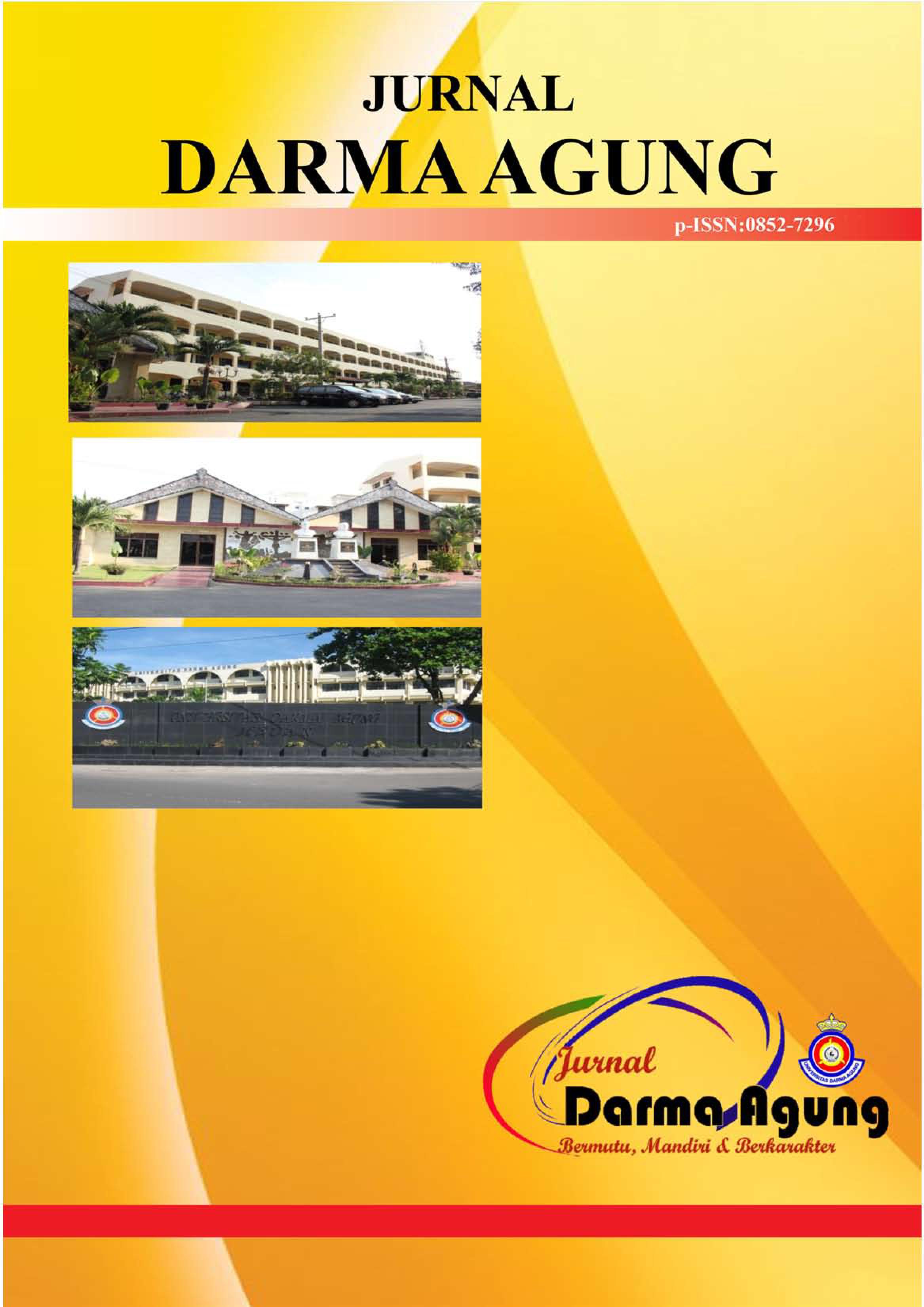RESPON PERTUMBUHAN BIBIT KELAPA SAWIT (ELAEIS GUINEENSIS JACQ) DI PRE-NURSERY TERHADAP PUPUK KANDANG SAPI DAN PHONSKA
Abstract
Background and Objective: The utilization of cow manure and Phonska fertilizer can yield various impacts on the growth of oil palm seedlings in the pre-nursery, encompassing aspects such as nutrition, soil conditions, root development, plant response, and seedling productivity. This study aims to assess the influence of cow manure and Phonska fertilizer, both individually and in combination, on the growth of oil palm seedlings. Materials and Methods: The research site was located 25 meters above sea level. The study was conducted from April to June 2022. A factorial Randomized Block Design (RBD) with 2 treatment factors was employed. The first factor was the application of cow manure with 3 levels: S1 = 30 g/polybag, S2 = 60 g/polybag, and S3 = 90 g/polybag. The second factor was the application of Phonska Fertilizer (P), with the following levels: P1 = 7 g/polybag, P2 = 14 g/polybag, and P3 = 21 g/polybag. Results: The findings indicated that the application of either cow manure or Phonska significantly impacted plant height, stem diameter, leaf length, leaf width, number of leaves, and leaf area, although the combined treatment did not yield a significant effect. Conclusion: Higher application rates of cow manure or Phonska resulted in increased growth of oil palm seedlings in the pre-nursery, following a linear regression pattern.

This work is licensed under a Creative Commons Attribution-NonCommercial-NoDerivatives 4.0 International License.
An author who publishes in the Jurnal Darma Agung agrees to the following terms:
- Author retains the copyright and grants the journal the right of first publication of the work simultaneously licensed under the Creative Commons Attribution-ShareAlike 4.0 License that allows others to share the work with an acknowledgement of the work's authorship and initial publication in this journal
- Author is able to enter into separate, additional contractual arrangements for the non-exclusive distribution of the journal's published version of the work (e.g., post it to an institutional repository or publish it in a book) with the acknowledgement of its initial publication in this journal.
- Author is permitted and encouraged to post his/her work online (e.g., in institutional repositories or on their website) prior to and during the submission process, as it can lead to productive exchanges, as well as earlier and greater citation of the published work (See The Effect of Open Access).













